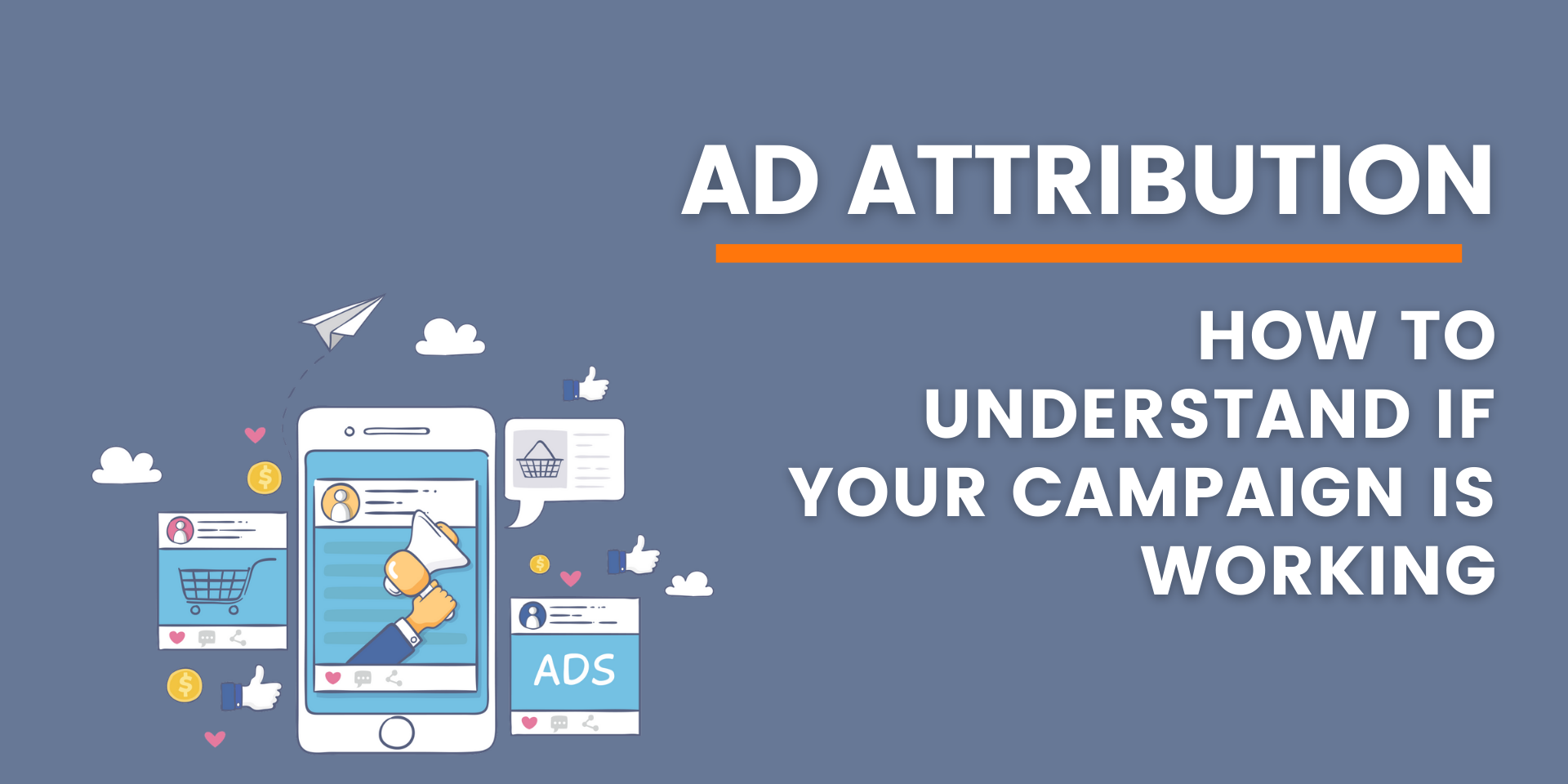Table of Contents
Ad attribution – How to understand if your campaign is working
Getting a reasonable return on investment (ROI), is the dream of every marketing campaign manager. For smaller businesses, it can mean the difference between breaking the bank or achieving the next level of success. This is as true for a brick-and-mortar business running ad campaigns online as it is to purely e-commerce stores. Ad attribution is the processing of determining the specific user actions which would ultimately lead to the desired outcome.
The outcome could be a sale made, lead generated, or just plain and simple exposure of the right kind. Ad attribution is important and a key part of assessing the success of a campaign, whether changes are required or if the project should be scrapped altogether. Understanding if your campaign is working through ad attribution will allow you to rank the most and least profitable advertising channels for your business.
Ad attribution models which show how and if your campaign is effective
By using the analytics of any channel to determine how many people saw, clicked on, or played a video on your advertisement may not always paint the complete picture. It is hard to tell whether the 1,500 views your advertisement on Facebook led to the 15 sales made on your website by that ad and it alone.
This is because most businesses use multiple channels to run advertisements and usually do so simultaneously.
Ad attribution models are a great way to understand the effectiveness of your campaign. When correctly applied, ad attribution models will give insight into:
- Which communication styles garner the best results from users
- How big of a role brand perception played in the conversion rate of views to sales/leads generated
- The messages conveyed to customers along with which platform was used
- The possibility of external factors having an effect (how covid has affected the retail, restaurant, or real estate industry)
The two attribution models commonly used are the single-touch and the last-touch models. These take into consideration whether a customer converted after seeing the first advertisement or decided to do so at the last touchpoint. Both fail to portray the actual journey undertaken by the customer to finally convert. This gives marketers the wrong picture as to which campaign ended up being effective or not.
The multi-touch attribution model
Ad attribution touch models which factor in the reality that a consumer only became a paying customer or qualified lead after multiple touches often represent more accurate results. Values are assigned to platforms used to advertise separately and such models can provide an overall weightage, showing equal, less, or more effectiveness of any specific touchpoint(s).
Choosing the right ad attribution model
There are several factors to consider when choosing a specific ad attribution model to measure the effectiveness of your ad campaign. It depends on the advertisement cycle your business has adopted, how marketing is done, and how much of it is online compared to any offline campaigns which can be run.
If television and print advertisements are part of your overall marketing effort, a multi-touch attribution model is usually more insightful as it brings all the data together for a comprehensive analysis.
The benefit of choosing the right attribution model will not only increase your ROI, but will also help in improving personalization, product development, and the creative cycle.
Social media advertising is growing rapidly and your business can keep up
Not only is social media growing at an unfathomable pace, but so is its dominance on online advertisement spending, along with competitiveness. With the artificial intelligence-powered digital marketing tools provided by Nanos, your business can stay one step ahead of the competition and keep customers coming through the doors.
Check out Nanos today and see how we’re taking businesses like yours to the next level in the marketing game.















